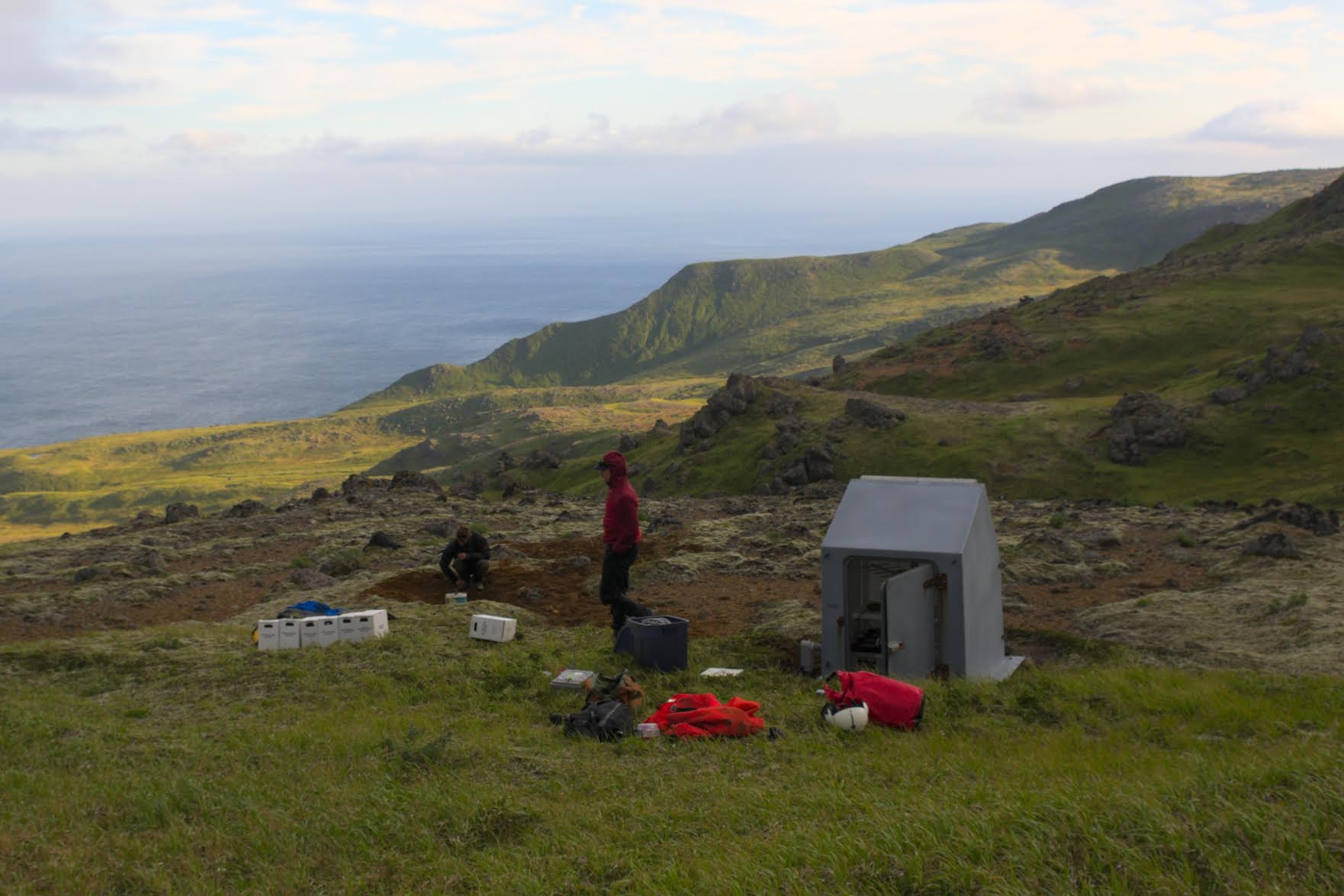
This summer, Alaska Volcano Observatory scientists embarked on an ambitious project to repair seismic monitoring equipment at active volcanoes around Southwest Alaska. Now 176 of the Observatory’s 216 seismic stations are in working order.
A backlog of deferred maintenance and a lack of funding, coupled with the extreme environment, have caused some of the seismic monitoring stations to quit working over the past several years.
This summer, crews were able to repair stations at a handful of sites in Southwest Alaska.
“We were able to visit, importantly, Aniakchak Volcano on the Alaska Peninsula, restored some ground-based monitoring at the volcano there,” said Janet Schaefer, with the Alaska Volcano Observatory. “And we also did seismic repairs at Gareloi, Tanaga and Westdahl Volcanoes – those are in the Aleutian Islands.”
Shaefer says AVO was also able to fix stations at the recently-active Shishaldin Volcano.
Funding came from the U.S. Geological Survey’s Volcano Hazards Program.
Future funding is uncertain. But Schafer says the goal is to get more of their stations up and running.
“Wrangell Volcano is an example. It has been active recently,” Schaefer said. “And those stations are difficult to get to, so it would be nice to get there.”
A volcanic eruption is often preceded by hours, or even months, of seismic activity, which Schaefer says provides AVO with valuable data.
“So that we can detect those very small, small magnitude earthquakes that indicate fluid movement, either from an active hydrothermal system or gas or magma beneath the surface,” she said. “So, those are the first signs of unrest and those are what really help us to be on guard.”
And as more stations are brought back on line, AVO can more reliably monitor volcanoes and issue more accurate warnings to the public as hazards to communities and passing air traffic become apparent.